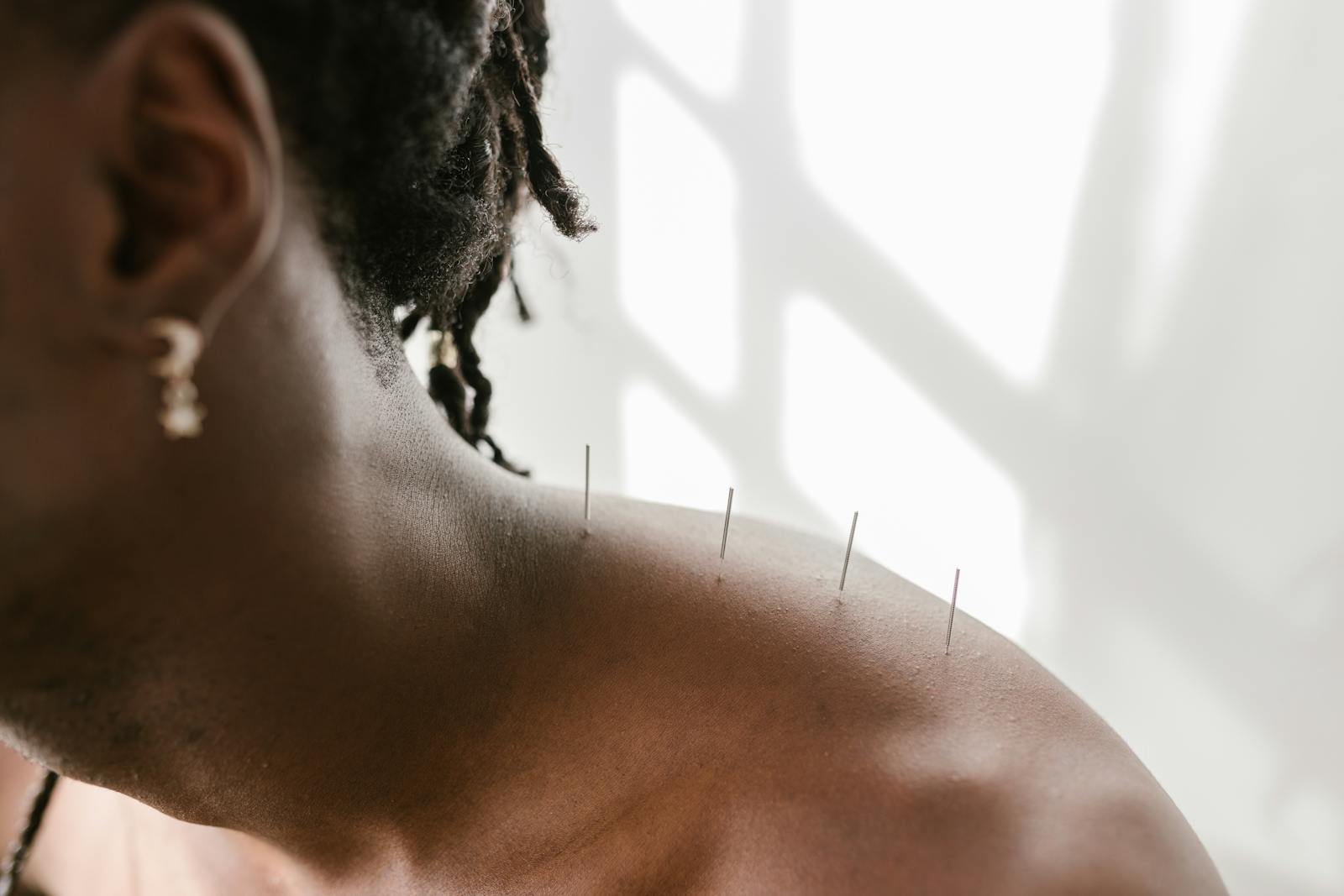When silence speaks louder than words
“What will they think of me?”
That’s the quiet question echoing in the mind of anyone who identifies as shy. Whether it’s about their hair, the way they walk, or how they sound in a group, every social situation feels like a small courtroom—complete with internal judgment.
But shyness isn’t rare. According to Bernardo Carducci, a leading researcher on shyness at Indiana University, about 75% of people display shy behaviors when surrounded by strangers. For most, these moments are brief and situational. For others—those with chronic introversion—shyness is constant, intense, and disruptive.
The fine line between temperament and illness
In his book “Shyness Is Not a Problem”, American writer J.S. Jackson argues that introversion can actually be a creative gift. “Many of our best writers, artists, scientists, and composers are shy people who’ve learned to thrive despite it,” he notes.
Still, professionals disagree on how to define shyness. Psychiatrist Nei Nadvorny, from Brazil’s Association of Psychiatry and founder of the Laboratório da Timidez, describes it as a “cosmopolitan disease,” recognized in the international classification of diseases as social phobia. Yet, he emphasizes, its severity varies widely—from mild hesitation to crippling fear.
Nadvorny points out that shyness manifests in countless ways: people who blush when speaking in public, who freeze around the opposite sex, or who feel embarrassed to write when others are watching. The broader the range of symptoms, he says, the deeper the person’s introversion becomes.
Living with shyness—and owning it
Not everyone sees shyness as a limitation. Rafael Amaral, an 11-year-old student, admits he sometimes feels awkward about his hairstyle or sense of humor—but it doesn’t stop him from talking to teachers or making friends.
For José Carlos de Meo, a 45-year-old financial analyst, acceptance came with age. “When I was younger, I hated my introspection,” he says. “Now, I’ve learned small tricks to manage it—like smiling whenever I feel shy.”
These stories echo what many psychologists observe: shyness doesn’t always need to be “treated.” Sometimes, it simply needs to be understood.
Not every shy person has social phobia
According to Mariana Pupo, a psychologist at the Federal University of São Paulo (Unifesp), shyness and social phobia aren’t interchangeable. “Shyness is a way of functioning, a personality style,” she explains.
Her view is shared by Lucélia Paiva, a doctoral researcher in psychology at the University of São Paulo. “It’s more about who a person is than a symptom to fix,” she adds.
In essence, the difference lies in control: while social phobia paralyzes, shyness merely slows you down.
When shyness starts early
Some people are born naturally reserved. Take Felipe Nakano Cruz, a 4-year-old described by his mother, Josie Nakano, as “the boy who danced at the school party with his hat pulled over his face.”
But things changed once Felipe joined preschool. Gradually, he started feeling more comfortable in group activities. For children like him, the environment makes all the difference.
The teacher’s role in unlocking confidence
In school, teachers can play a pivotal role in helping introverted children find confidence. Jackson notes that while extroverted kids seem “born chatty,” introverts may struggle just to feel comfortable.
Psychologist Sueli Conte recommends inviting shy children to participate discreetly—rather than forcing them into the spotlight. “Let them work backstage in a school play,” she says. “Over time, those small experiences help them open up.”
Patience, in other words, is non-negotiable. The more a child is rushed to “become outgoing,” the deeper they retreat.
Understanding instead of fixing
All experts interviewed agree: forcing an introvert to change rarely works. Nadvorny notes that people typically seek help only when shyness causes real emotional pain—when the discomfort outweighs the safety of isolation.
Carducci goes even further: “There’s nothing wrong with being shy,” he insists. “The real issue is misunderstanding it—and letting it control you instead of the other way around.”
In the end, shyness isn’t a flaw to erase. It’s a temperament to manage, an identity to understand, and sometimes, a strength to harness. For those who live with it, learning self-confidence doesn’t mean becoming someone else—it means becoming comfortable enough to be themselves.




